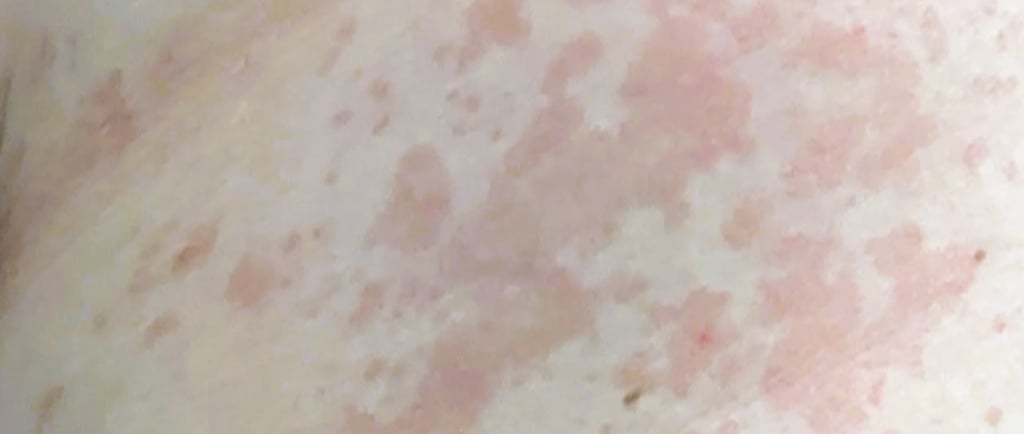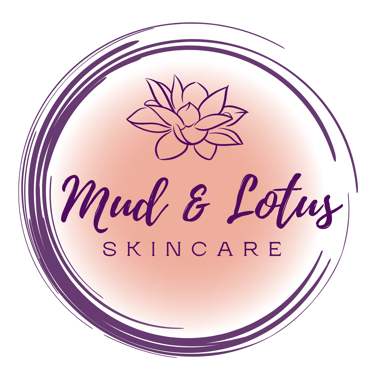🎉Now Booking January & February! 🎉
What Is Tinea Versicolor—and What Can You Do About It?
This skin condition affects about 2–8% of the population especially in hot, humid climates like WNC.
SKIN HEALTHRASHES
7/24/20252 min read


If you've ever noticed patches of lighter or darker skin that don’t seem to tan, you might be dealing with something called Tinea Versicolor—a common (and treatable) skin condition that’s more frustrating than it is dangerous.
What Is Tinea Versicolor?
Tinea Versicolor (also called pityriasis versicolor) is a superficial fungal infection caused by an overgrowth of yeast that naturally lives on the skin. This yeast—part of the Malassezia family—is normally harmless, but under certain conditions, it can grow out of balance and lead to discoloration.
What It Looks Like
You might notice:
Light or dark patches on the chest, back, shoulders, neck, or upper arms
Fine scaling or flaking in the affected areas
Mild itching (though not always)
The patches may appear lighter than your natural skin tone, especially after sun exposure when surrounding skin tans—but the patches stay pale. In some cases, they may look pink, tan, or slightly darker instead.
What Causes It?
A few things can trigger this yeast to multiply:
Hot, humid weather
Oily or sweaty skin
Weakened immune function
Hormonal changes
Use of heavy skincare products or body oils that trap heat
It’s not contagious, and it’s not related to poor hygiene—it’s just an overgrowth of something already living on the skin.
Treatment Options
The good news? It’s very treatable. A few options include:
1. Topical Antifungals
Over-the-counter creams, shampoos, or washes containing miconazole, butenafine hydrochloride, selenium sulfide, ketoconazole, or zinc pyrithione can be effective.
These are usually applied daily for a short period, then maintained a few times per month to prevent recurrence.
2. Oral Antifungals
In stubborn or widespread cases, dermatologists may prescribe oral medications like Fluconazole.
3. Professional Treatments
Gentle exfoliation and skin barrier support can help prevent future flare-ups.
Body treatments that calm inflammation, support microbiome balance.
How to Prevent It
Once you’ve had tinea versicolor, it can come back—especially in warm weather. Here are some prevention tips:
Use antifungal body wash weekly during summer months
Avoid heavy oils or comedogenic body lotions
Shower promptly after sweating
Change bedding and sleepwear often
Support a healthy skin barrier with microbiome-friendly skincare like hypochlorous acid or prebiotic mist
Final Thoughts
Tinea versicolor is common, harmless, and treatable—but it can be frustrating if you don’t know what you’re dealing with. If you’re unsure whether those patches are tinea, sunspots, or something else, check with your local dermatologist to for diagnosis.
